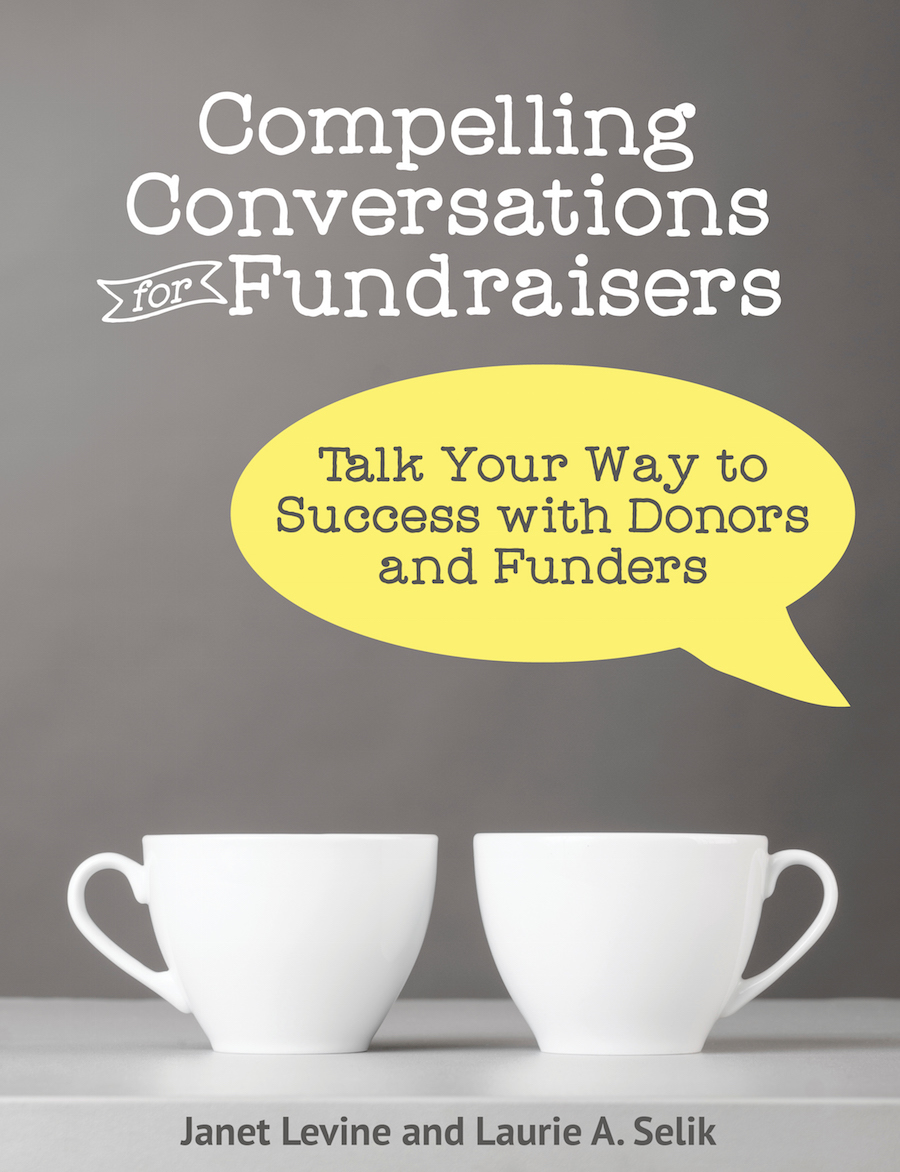If it matters, if they care....
Before I was a fundraiser, I held many different sales jobs, including one as a life and  health insurance agent.
health insurance agent.
Shortly after I started at my agency, I went to the star agent and asked, “What do I need to do to get from where I am to where you are?”
Easy, he said. Think about who your best audience is, then begin approaching members of that audience and learn from them what is important and why they would consider insurance, then show them how you can help them reach their goals. Once they’ve said yes, continually prove to them that their business matters to you and that they can count on you to keep them informed about things that will impact their goals, dreams, desires.
Sounds lot like fundraising.
And, like fundraising, his best advice was that I learn from my potential clients what they cared about, wanted, needed.
Yes, of course I had to learn all about my products and be able to show the benefits to my client. But—and this is what no one else at my agency and too few in fundraising recognized—the benefits were only the benefits IF my prospective client cared about that particular thing.
So what if, upon his or her death, insurance would pay a very large amount to his or her estate, if what my client actually wanted was a life income? And big deal if her heirs would receive a tremendous tax break, if the only tax break that matters was hers?
Likewise, what difference does it make to someone who doesn’t care about say children or education if what your organization does is to ensure great education to those children? Your fabulous mission is only fabulous to those who care.
Your job and the job of your board members, therefore, is not to learn a great pitch or to  produce wonderful collateral materials that will tell the world how fantastic you are. It is, rather, to find out what your prospects and donors care about. And then, to work with them to help craft a gift that will benefit you and your clients while meeting your donor’s needs.
produce wonderful collateral materials that will tell the world how fantastic you are. It is, rather, to find out what your prospects and donors care about. And then, to work with them to help craft a gift that will benefit you and your clients while meeting your donor’s needs.
For large, major gifts, you do that by building a relationship via face to face meetings and conversations where your main job is listening. But even in large shops, you don’t have the time or the people to meet one on one with smaller donors.
Social media can be a great boon here. The strength of social media is in listening (monitoring) what your audience is saying about you. Make sure that what you post doesn’t just make a statement but, rather, invites a conversation.
If you send out e-newsletters, don’t just monitor how many people opened the document but see what articles get the most traffic—and what gets the least. Over time there will be a pattern that will help to define what matters to your audience.
For print magazines or newsletters consider an envelope NOT to ask for a gift, but to ask them to return a short survey that will help measure what articles, ideas, programs matter to them. Offer a prize for those who respond.
Open houses, special events, the telephone all offer ways for you to reach out to large swathes of your prospects and donors and actually listen to what they say is important to them. Because if it doesn’t matter, then they won’t care, and then they definitely won’t give.
 Janet Levine works to help nonprofits go from mired to inspired. Learn how atwww.janetlevineconsulting.com. While there, sign up for the newsletter. And consider how you can translate your passion for your organization into a Compelling Conversation(s for Fundraisers)—available at Amazon
Janet Levine works to help nonprofits go from mired to inspired. Learn how atwww.janetlevineconsulting.com. While there, sign up for the newsletter. And consider how you can translate your passion for your organization into a Compelling Conversation(s for Fundraisers)—available at Amazon
